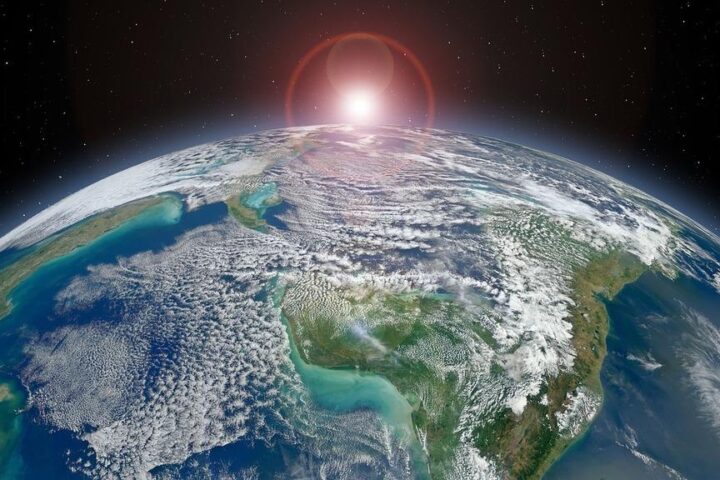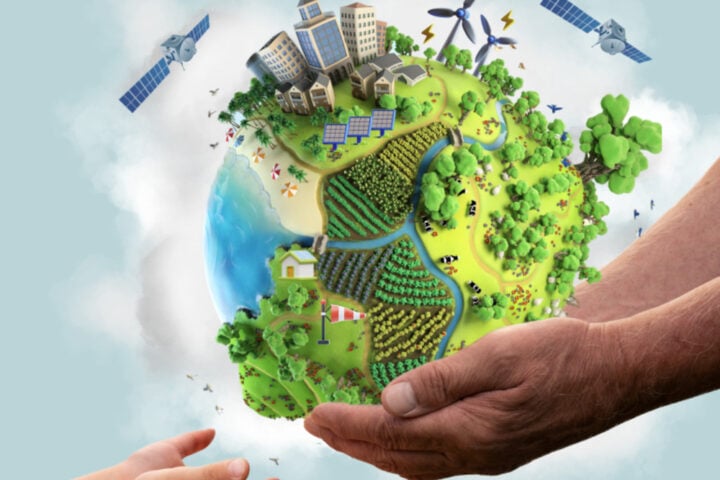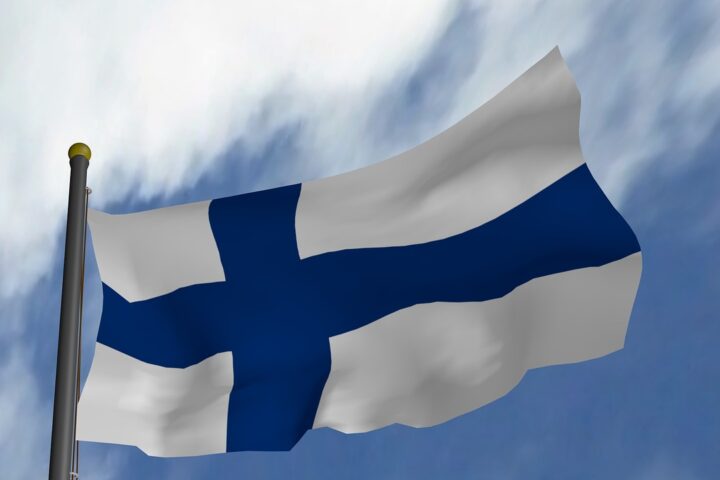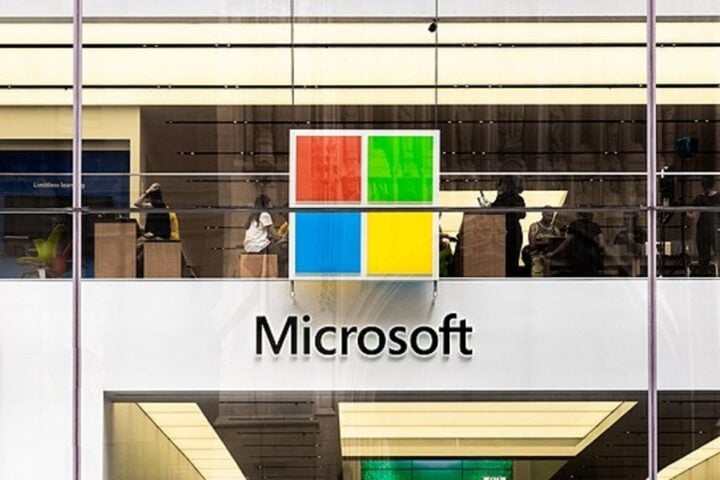Most of our day-to-day work is repetitive. No creativity is involved in it. The concept of creativity too is open to different interpretations. An artist’s view of creativity will differ from the viewpoint of economic, social and sustainable development. Therefore, the UN designated 21 April as World Creativity and Innovation Day to raise awareness of the role creativity and innovation in all the aspects of human development.
Creativity shows who we are and our values. It helps to develop a rich mix of cultures and economic growth. The UNESCO helps countries to strengthen their creativity in human activities and artistic freedom. This is done following the 2005 UNESCO convention.
The creative economy is an evolving concept. It builds on the interplay between human creativity and ideas about intellectual property, knowledge and technology. Essentially, it is the knowledge of economic activities upon which creative industries are based.
Creative industry includes audiovisual products, design, performing arts, publishing and visual arts. It is a highly transformative sector of the world economy in terms of income generation, job creation and export earnings. Culture is an essential component of sustainable development. It represents a source of identity, innovation and creativity for the individual and community.
At the same time, creativity and culture have a non-monetary value. It is a dialogue between different people. Today, the creative industries are the most dynamic areas in the world economy. It provides new opportunities to leapfrog into emerging high-growth areas of the world economy.
On World Creativity and Innovation Day, the world is invited to embrace the idea that innovation is essential for harnessing the economic potential of nations. Innovation, creativity and mass entrepreneurship can provide new vistas towards achieving the SDGs (Sustainable Development Goals). It can harness economic growth, job creation, opportunities for everyone, including women and youth. It can provide solutions to pressing problems such as poverty eradication, elimination of hunger.
Similar Posts
Human creativity, both at the individual and group levels, have become the true wealth of nations in the 21st century. Culture and creativity account for 3.1% of global gross domestic product (GDP). It amounts to 6.2% of all employment, exporting and cultural goods. The total value of creative economy doubled in value from 2005 to reach US $389.1 billion in 2019.
The AI is being used in creative and innovative field. Design thinking, brainstorming, mind mapping and lateral thinking are some of the new techniques introduced in this field by artists and innovators. Intellectual property rights foster creativity and innovation. Patents, trademarks and copyrights safeguard the economic interests of creative persons. There is a need to protect the creative works in the digital age.
The WCID (World Creativity and Innovation Day) is being celebrated by exhibitions, lectures and rallies across the world. The auction of one of the old paintings by late MF Hussain fetched a record price. The cartoons of RK Laxman have not lost their relevance even today.
The 2022 UNESCO report – “Reshaping Policies for Creativity – Addressing Cultures and Global Public Good” – offers insightful new data about policy recommendations to foster cultural ecosystems that contribute to a sustainable development by 2030. The UNESCO Creative Cities Network (UCCN) seeks to promote creativity and innovation in 300 cities around the world. The UNDP (United Nations Development Program) Accelerator Labs is the world’s fast-moving network of 89 Labs to attain the Sustainable Goals in 21st century.
In short, the World Creativity and Innovation Day is celebrated every year on April 21. It aims to raise awareness about the creativity and innovation and its place in our lives. The WCID is organised under the auspices of UN. It emphasizes the monetary and non-monetary role of creativity and innovation in 21st century. The Day is important to safeguard patents, copyrights and intellectual rights of artists and innovators.
Frequently Asked Questions
World Creativity and Innovation Day is celebrated annually on April 21 to raise awareness about the role of creativity and innovation in all aspects of human development. Designated by the United Nations, this day highlights how creativity contributes to economic growth, cultural enrichment, and sustainable development across the globe.
This day is important because it recognizes creativity as the true wealth of nations in the 21st century. It emphasizes both the monetary value of creative industries (3.1% of global GDP) and the non-monetary benefits of cultural dialogue. The day also highlights how innovation can provide solutions to pressing global problems like poverty and hunger while supporting Sustainable Development Goals.
The creative economy encompasses audiovisual products, design, performing arts, publishing, and visual arts. These industries are among the most dynamic sectors of the world economy, generating significant income, creating jobs, and producing export earnings. They combine human creativity with intellectual property, knowledge, and technology.
UNESCO supports creativity through various initiatives including the 2005 UNESCO Convention that strengthens creativity in human activities and artistic freedom. The organization also runs the UNESCO Creative Cities Network (UCCN) that promotes creativity and innovation in 300 cities worldwide. Additionally, UNESCO produces reports with policy recommendations to foster cultural ecosystems that contribute to sustainable development.
The creative economy has a substantial economic impact globally. It accounts for 3.1% of global GDP and provides 6.2% of all employment worldwide. The total value of the creative economy doubled from 2005 to 2019, reaching US $389.1 billion. These industries provide new opportunities for economic growth and development across various countries.
Intellectual property rights foster creativity and innovation by protecting the economic interests of creative individuals. Patents, trademarks, and copyrights safeguard creators’ work, ensuring they receive appropriate recognition and compensation. This protection is particularly important in the digital age, where creative works can be easily copied and distributed without authorization.


















